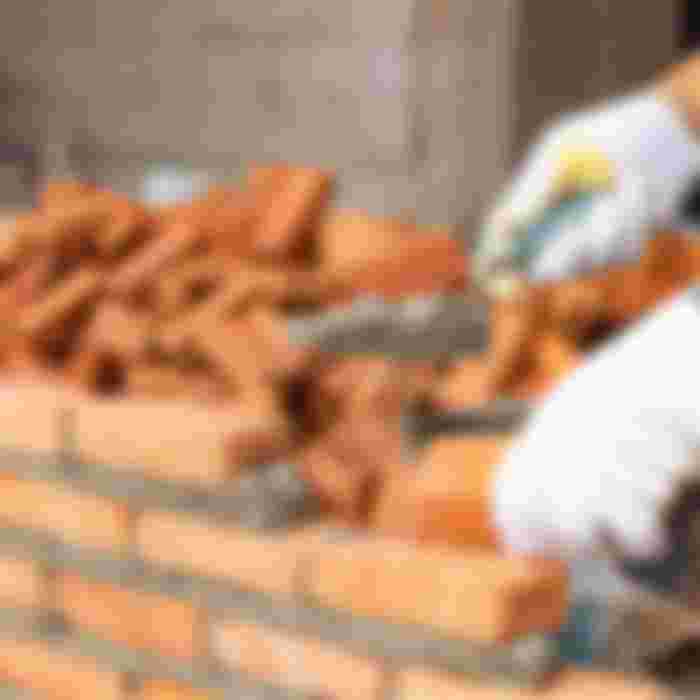What are different types of brick work?
The world's oldest and most useful building material for masonry construction is brick. Brick masonry is a very durable type of masonry building. Hence it is frequently utilized. Brick masonry is built by correctly laying several bricks on the mortar to create a solid mass that can withstand applied stresses. The element that holds the bricks set in a mortar together in brick masonry is known as the bond. Brick bonding is the systematic placement of bricks in the mortar that results from this phenomenon in masonry buildings—looking for Brick work contractor Bronx? NY Construction Co is the name you can use for the trust and experience.

Most brick bonds require that the bricks or other masonry pieces be the same size or at least similar sizes. Bricks or masonry units of the same measure provide consistent, repeatable patterns that may be used on areas of any size. Several bond designs use a technique for connecting each row of bricks to the adjacent courses. Bricks piled in single-file columns tend to fall over when stacked. The bricks are essentially interwoven if placed so that the joints between neighbouring systems are offset or staggered. Bonds are necessary to strengthen the building and reinforce a mortared wall.
Among the most typical brick bonds, also known as running bonds. This bond is one of the simplest ones utilized today and is very simple to lay. A stretcher bond is appropriate when walls with a half-brick thickness are required.
The brick's shorter face is called a header. In header bond brick masonry, the header course is where all the bricks are built. In this bond, the overlap is carried out following the bricks' half-width. In alternate approaches, the three-quarter brickbats are used as quoins. One thick brick wall is typically built using this bond.
One brick bonding is most frequently used in masonry projects. Essentially, this bond comprises alternating courses of stretchers and headers. Each alternate row is vertically aligned, and the titles are placed in the centre of the stretchers in the procedure below. A brick sliced half lengthwise and placed in the corners of brick walls is known as a quoin close. After the initial header, a quoin closer is placed at the beginning and end of a barrier to break up the continuousness of vertical connections. This kind of bond is typically utilized to build sturdy walls that are one brick thick.
Each course for this kind of bond comprises alternate headers and stretchers. Every alternate method starts with a title in the corner, and each header is centred on a stretcher above and below. In alternative courses adjacent to the header, quoin closers are added to break the vertical joints in the following methods.
All the bricks in a stack bond are stacked on top of one another and kept in place using mortar, with all bonds aligned. Stack bonds are ideal for cosmetic reasons due to their weak brick structure and reduced strength. Since this connection is not structural, it cannot be used for walls that must transfer loads.
This bond and the English Bond are highly similar, except in this bond, courses of headers are placed every five or six. Header courses are aligned with the header course before them. In essence, this header bond serves as a tie brick between the backing and the frosting. At both ends of the header courses, queen closers are placed to create the necessary offset in a typical common bond. Commonly utilized in outside load-bearing walls is the common bond.
Stay tuned for more interesting info.
